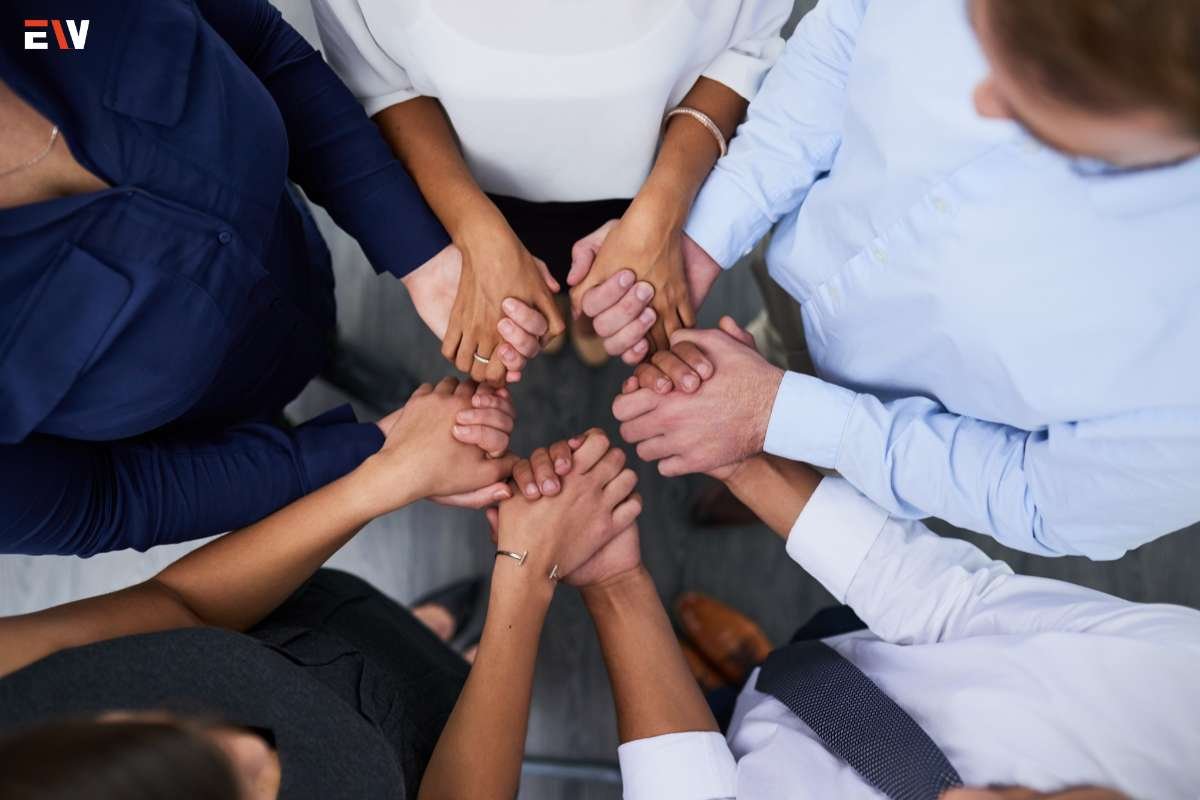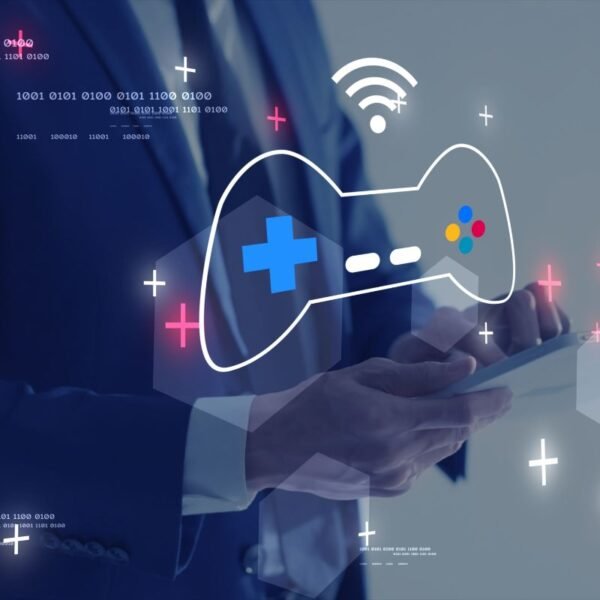Business world is characterized by collaborative endeavors. And in this pursuit of excellence, disagreement among the team members is imperative. But on the flip side, these disagreements can also fuel growth and innovation.
By nature, a disagreement might seem destructive or even counterproductive at times on the surface. But if you really look at it, it has the potential to build team strength, bring in creative ideas to the table and can also lead to better decision making.
In this article, we will explore the art of using disagreement as a tool to build team strength, harnessing the diverse perspectives and ideas of team members for collective success.
1. The Nature of Disagreement
Before delving into the strategies for leveraging disagreement constructively, it’s essential to understand the nature of disagreement itself. Disagreement arises from varying perspectives, experiences, and expertise within a team. It is a natural consequence of diversity, and when managed effectively, it can become a powerful force for positive change.
2. Encouraging Open Dialogue

The foundation of using disagreement for team strength lies in promoting open and respectful communication. Team members must feel safe expressing their opinions without fear of ridicule or retaliation. Here are some key practices to encourage open dialogue:
Active Listening: Team members should actively listen to one another, demonstrating that their opinions are valued. Encourage the practice of paraphrasing to ensure that everyone understands each other’s perspectives.
Establish Ground Rules: Develop ground rules for discussions that emphasize respect and constructive criticism. These rules should be agreed upon collectively and enforced consistently. This helps team members to bond and increases team strength.
Create Safe Spaces: Designate specific times and spaces for open discussions where team members can freely voice their concerns, ideas, and disagreements.
3. Embrace Diverse Perspectives
Disagreements often stem from differing viewpoints, and these differences can be the breeding ground for innovation. By embracing diverse perspectives, teams can tap into a wealth of creativity and experience. Here’s how to do it effectively:
Recognize Expertise: Acknowledge and appreciate the unique skills, knowledge, and expertise that each team member brings to the table. Recognizing individual strengths fosters a culture of mutual respect.
Cross-Functional Teams: Create cross-functional teams that bring together individuals with diverse backgrounds and skill sets. This diversity can lead to more comprehensive problem-solving and creative solutions.
Assign Devil’s Advocates: Designate team members as “devil’s advocates” whose role is to challenge prevailing opinions and assumptions. This approach encourages critical thinking and can lead to well-rounded decisions.
4. Conflict Resolution Skills

Constructive disagreement is not about avoiding conflict but rather addressing it in a healthy and productive manner. Here are some conflict resolution skills that can help in building team strength:
Stay Calm and Objective: Encourage team members to remain composed and focused on the issue at hand rather than allowing emotions to escalate.
Find Common Ground: Help team members identify shared goals and values, even in the midst of disagreement. This can create a sense of unity and purpose.
Seek Mediation: When conflicts become difficult to resolve within the team, consider bringing in a neutral third party to mediate and facilitate the discussion.
5. Decision-Making and Consensus
Effective decision-making is often the ultimate goal of constructive disagreement. While not all disagreements will lead to consensus, the process of debating various perspectives can improve the quality of decisions. And when all perspectives come together for a positive outcome, it helps in building team strength. Here’s how to integrate disagreement into the decision-making process: Here’s how to integrate disagreement into the decision-making process
Encourage Debate: Promote healthy debate during the decision-making process. Ensure that team members have the opportunity to express their viewpoints and concerns.
Seek Compromise: Encourage team members to find common ground and seek compromises when possible. Compromise can lead to decisions that take into account multiple perspectives.
Document Decisions: Clearly document the outcomes of discussions and decisions. This helps maintain accountability and ensures that everyone is on the same page.
6. Learning from Disagreement
Disagreements, when used constructively, can be valuable learning experiences for teams. Here’s how to extract lessons from disagreements:
Post-Mortem Analysis: After a disagreement is resolved, conduct a post-mortem analysis to review what went well and what could be improved in how the team handled the disagreement.
Continuous Improvement: Encourage a culture of continuous improvement, where teams learn from past disagreements to enhance their communication and decision-making skills.
Feedback Loops: Establish feedback loops where team members can provide input on how the team manages disagreements. This ensures ongoing improvement in the way disagreements are handled.
7. Building Trust

Trust is the glue that holds teams together. Constructive disagreement can contribute to building trust within a team when managed appropriately. Here are some ways to foster trust:
Transparency: Be transparent about decision-making processes and the rationale behind them. Transparency builds trust by demonstrating that decisions are made fairly and objectively.
Consistency: Consistently apply the principles of open dialogue, diversity of perspectives, and constructive conflict resolution. Teams that consistently follow these principles earn the trust of their members.
Accountability: Hold team members accountable for their actions and decisions. When individuals are responsible for their contributions, trust in the team’s ability to make sound choices grows.
Case Studies in Constructive Disagreement
To illustrate the power of constructive disagreement in building team strength, let’s look at a few case studies:
Case Study 1: The Innovation Breakthrough
A tech company was faced with the challenge of improving its flagship product. The team consisted of engineers, designers, and marketing experts. Initially, there were disagreements about the direction of the product. Engineers favored enhancing technical features, while designers and marketers emphasized user-friendly design and marketability.
By encouraging open dialogue and cross-functional collaboration, the team discovered that combining technical innovation with user-friendly design was the key to success. The disagreement ultimately led to a groundbreaking product that exceeded customer expectations and significantly increased sales.
Case Study 2: The Nonprofit’s Strategic Shift
A nonprofit organization faced financial challenges and needed to make critical decisions about its programs. The board of directors, made up of individuals from diverse backgrounds, had differing opinions on which programs to prioritize. Disagreements arose over the allocation of limited resources.
Through active listening and skilled mediation, the board reached a consensus that involved a strategic shift in the organization’s focus. This decision ultimately revitalized the nonprofit’s mission, attracted new donors, and increased its impact in the community.
Conclusion
In conclusion, if you just change the perspective, you can vastly benefit from the advantages of it. It can prove to be a great team building opportunity. And if you manage it with care, you can also foster an environment of growth, creativity and innovation. An open dialogue within teams can also bring forward various perspectives.
Keep in mind that when people in a team disagree in a helpful way, it doesn’t mean they’re trying to get rid of differences. Instead, they’re using those differences to make things better. It’s like a test to see how good a team is at dealing with problems and making good choices together.
By always learning from these situations and building trust, teams can turn disagreements into something really important for their success. So, think of disagreements as a useful tool for your team, and you’ll see your team becoming stronger and better at handling challenges.









